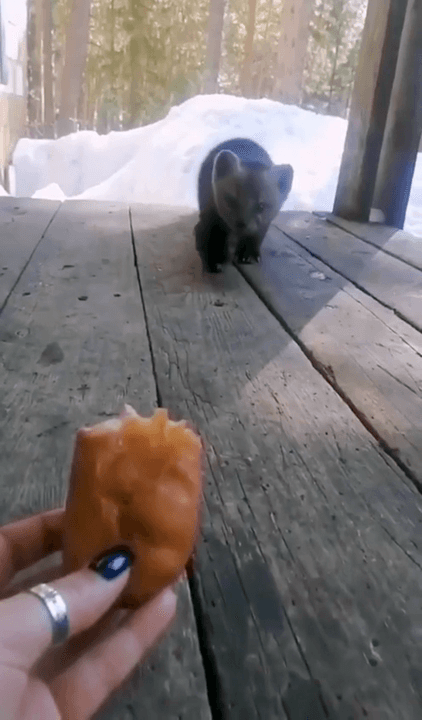
Caccia nelle Dolomiti Friulane: Un'avventura tra vette maestose, Caratteristiche geografiche e tradizioni alpine Le Dolomiti Friulane, situate nel cuore del Friuli Venezia Giulia, rappresentano un paradiso per gli appassionati di caccia. Questo territorio montuoso, caratterizzato da paesaggi mozzafiato e una ricca biodiversità, offre opportunità di caccia uniche in un ambiente selvaggio e incontaminato. Tuttavia, la pratica venatoria è regolamentata per proteggere l'ecosistema fragile e garantire la conservazione della fauna locale. Questo articolo esplora tutto ciò che un cacciatore deve sapere sulla caccia nelle Dolomiti Friulane. Caratteristiche geografiche e naturali della regione dal punto di vista venatorio Le Dolomiti Friulane si distinguono per: Paesaggi Alpini : Punteggiati da vette imponenti, valli profonde e boschi fitti. Vegetazione : Dominata da foreste di abeti, larici e pascoli alpini, con macchie di vegetazione arbustiva. Fauna Locale : La regione ospita specie adatt
Post: 16 June 14:27















































